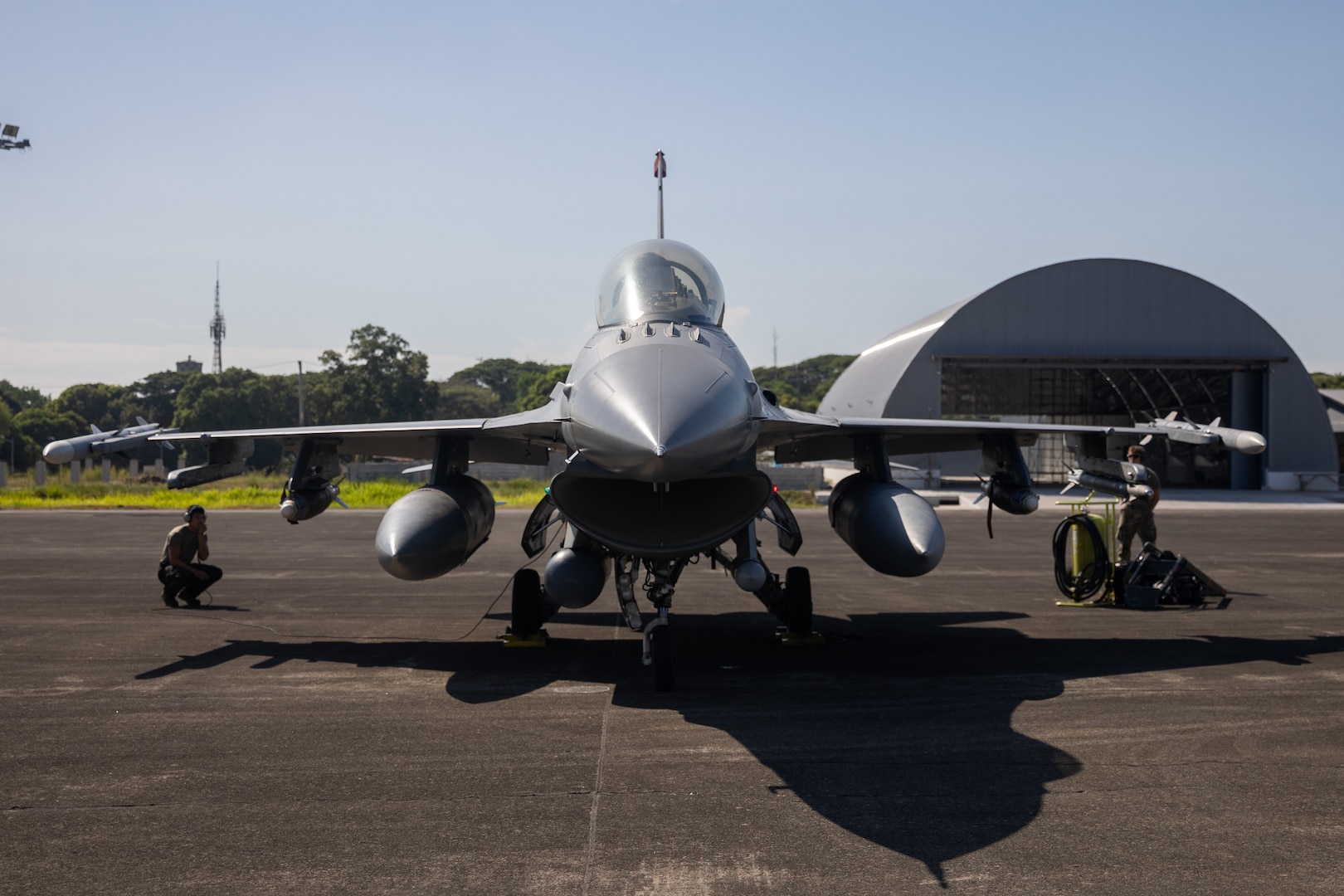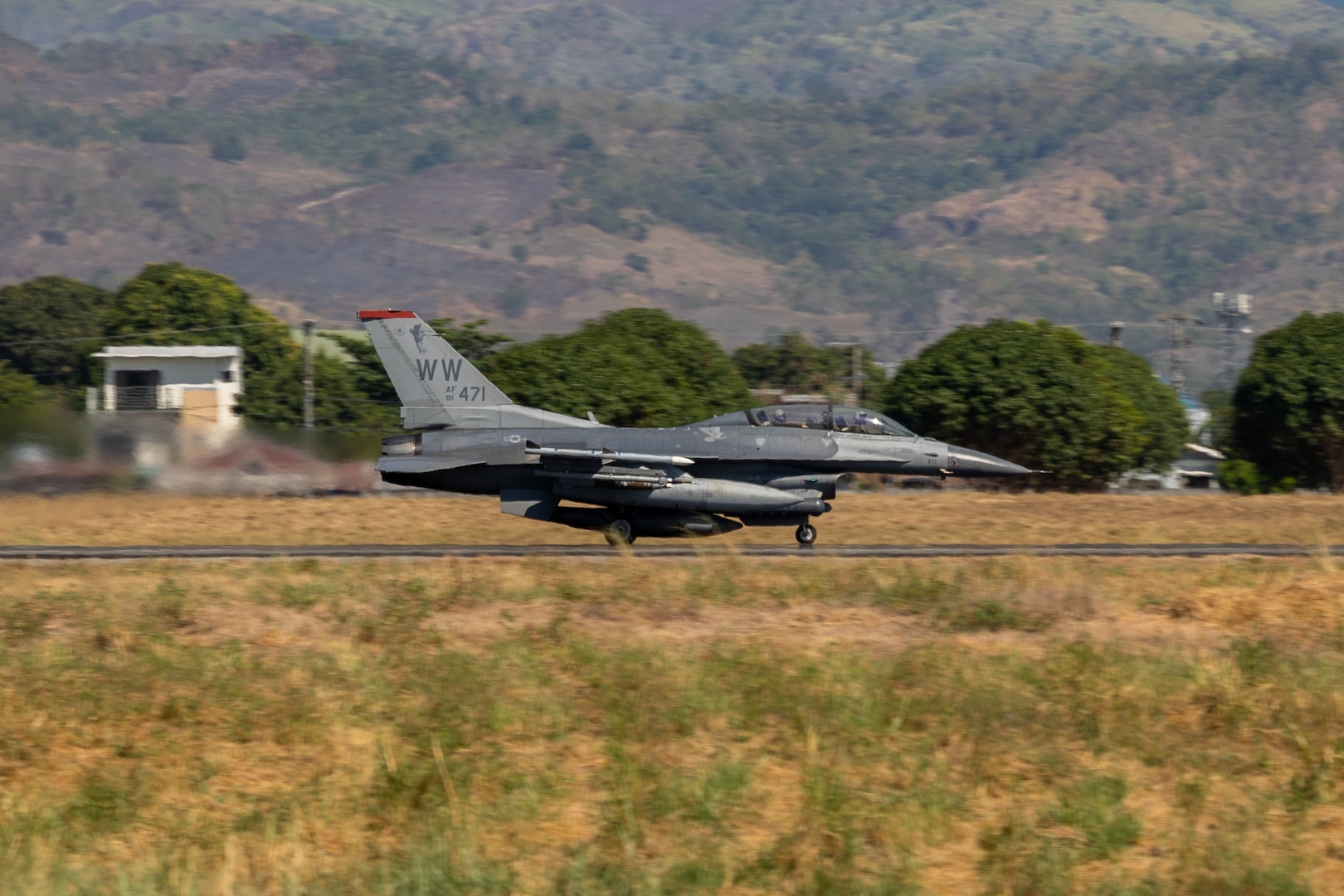From US Indo-Pacific Command Website (May 8, 2024): Philippine, US, Australian forces show off combined fires capabilities, destroy ship in Balikatan training event (By Courtesy story, Exercise Balikatan)
CAMP AGUINALDO, Quezon City, Philippines –
Philippine, U.S. and Australian military forces integrated land, sea and air platforms to simultaneously sense, target, strike and destroy a decommissioned ship off the western coast of Northern Luzon today.
The live-fire event demonstrated the capability of the force’s combined fires networks, joint and combined interoperability, and the high state of readiness between the U.S. and Armed Forces of the Philippines.
Over the course of the morning, Philippine and U.S. platforms fired various types of ordnance including the C-Star (SSM-700K), a Spike NLOS missile, GBU-38 joint direct attack munitions, and 2.75 inch advanced precision kill weapons system rockets, among others. Incorporated through virtual and constructive fires, the Medium Range Capability, or MRC, added to the firing options in the scenario.
Incorporating as many combined sensing and shooting platforms as possible, the objective of the maritime strike exercise was to test and validate the combined fires networks. To maximize the training value, the goal was to keep the target vessel afloat for as long as possible before ultimately sinking it.
“We know the lethality and capability of our munitions to sink maritime targets,” said U.S. Marine Col. Douglas Krugman, U.S. director, combined coordination center. “This exercise was about the collective capability of our combined fires networks and increasing interoperability to sense and shoot targets from a variety of Philippine, U.S. and Australian land, sea and air platforms.”
Sensing platforms, like the TPS-80 Ground/Air Task Oriented Radar and the Australian E-7 Wedgetail, relayed data to firing units who then launched ordnance at the target. Integrating sensor networks was a key component of the exercise and allowed coordinated strikes from multiple platforms.
During the maritime strike, the U.S. and AFP led execution from the combined coordination center on Camp Aguinaldo. The CCC is responsible for integrating combined command and control functions between the U.S. and Philippine joint task forces executing the training. Establishing the CCC during this year’s Balikatan is an additional step in the continued modernization of the exercise and growing complexity of the training.
By integrating all-domain systems and processes across the combined and joint force, the three nations enhanced their interoperability and mutual defense capabilities both in the Philippines and in support of their Allies and partners within the region.
Participating units included: the Philippine Navy’s BRP Jose Rizal (FF-150); the Philippine Air Force’s 7th tactical fighter squadron, flying the FA-50; the U.S. Air Force’s 13th Fighter Squadron, flying F-16 Fighting Falcons; Royal Australian Air Force No. 2 Squadron flying the E-7 Wedgetail; Marine Air Control Squadron-4, 3d Marine Littoral Regiment operating a TPS-80 Ground/Air Task Oriented Radar; Marine Air Control Group 38; 16th Special Operations Squadron, 27th Special Operations Wing, Air Force Special Operations Command, flying the AC-130J Ghostrider, and U.S. Navy VP-10 flying the P-8A Poseidon.
Balikatan is an annual exercise between the Armed Forces of the Philippines and U.S. military designed to strengthen bilateral interoperability, capabilities, trust and cooperation built over decades of shared experiences. This year’s exercise marks the 39th iteration of the annual event, showcasing the ironclad Alliance and enduring friendship between the two nations. Approximately 16,000 Philippine and U.S. military personnel are participating.
https://www.pacom.mil/Media/News/News-Article-View/Article/3769528/philippine-us-australian-forces-show-off-combined-fires-capabilities-destroy-sh/

Thursday, May 9, 2024
Philippine, US, Australian forces show off combined fires capabilities, destroy ship in Balikatan training event
Subscribe to:
Post Comments (Atom)


No comments:
Post a Comment
Note: Only a member of this blog may post a comment.